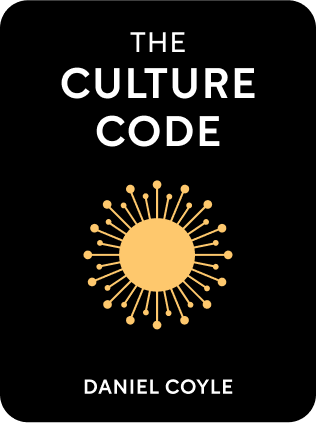

This article is an excerpt from the Shortform book guide to "The Culture Code" by Daniel Coyle. Shortform has the world's best summaries and analyses of books you should be reading.
Like this article? Sign up for a free trial here .
What is a vulnerability loop? What happens when two or more people share their vulnerabilities with one another?
A vulnerability loop is the exchange of sensitive and personal information between two or more parties. When people are vulnerable with each other, they create a strong bond of trust that changes the entire dynamics of their interaction.
Keep reading to learn about the psychology behind the vulnerability loop phenomenon.
What Is a Vulnerability Loop?
A vulnerability loop happens when two or more parties are open about their vulnerabilities with one another. This requires the introduction of vulnerability by one party and typically follows the following steps:
- Person 1 expresses vulnerability
- Person 2 recognizes Person 1’s expression
- Person 2 responds by expressing their own vulnerability
- Person 1 recognizes Person 2’s vulnerability
- A new precedent is set, and the trust between both parties becomes stronger
The Give Some Game
To understand how and why vulnerability loops work, consider this game.
Participants are given four tokens, then meet a stranger who is also given four tokens.
Each token is worth one dollar if the participant keeps it, but two dollars if the participant shares it.
The question for the participant is: How many tokens should you give away?
On average, people give away 2.5 tokens, leaning towards cooperation without going to extremes. However, when researchers added the vulnerability loop to this game, tendencies changed.
Participants in one study were asked to perform a lengthy activity on a computer that had been set to crash just as they were about to finish. After the computer crashed, another participant (who was actually secretly one of the researchers running the project) would graciously spend time “repairing” the computer. They would succeed after a bit of time, saving the participant from having to restart the task.
After this experience, the participants were asked to play the Give-Some game. The participants who had been helped were significantly more generous—not only with the individual who supported them but with total strangers. The show of vulnerability and the support that followed created a bond of trust that permeated throughout every interaction in the game.

———End of Preview———
Like what you just read? Read the rest of the world's best book summary and analysis of Daniel Coyle's "The Culture Code" at Shortform .
Here's what you'll find in our full The Culture Code summary :
- Why safety, vulnerability, and purpose are at the heart of a healthy group culture
- What makes some organizations more successful as a whole
- How one of the largest unsanctioned cease fires came one Christmas Eve during WWI






